The Waterfall Dilemma: Can User Stories Fit?
In the world of software development, the debate between agile and waterfall methodologies has been ongoing for years. As a business analyst, you might find yourself wondering: is it okay to write user stories in waterfall? This question challenges the traditional boundaries between these two approaches, sparking curiosity and potential innovation in project management.
Waterfall, known for its sequential and structured approach, has long been the go-to method for many organizations. It’s characterized by distinct phases: requirements gathering, design, implementation, testing, and maintenance. Each phase must be completed before moving to the next, creating a linear progression through the project lifecycle.
On the other hand, user stories are typically associated with agile methodologies. They represent small, manageable pieces of functionality described from the end-user’s perspective. These stories are usually written in a simple format: “As a [type of user], I want [some goal] so that [some reason].”
At first glance, incorporating user stories into waterfall might seem like mixing oil and water. However, the software development landscape is evolving, and hybrid approaches are gaining traction. Let’s dive deeper into this intriguing concept and explore whether user stories can indeed find a place in the waterfall world.
The Case for User Stories in Waterfall
While it may seem unconventional, there are compelling reasons to consider integrating user stories into a waterfall framework. This approach can bring several benefits to your project:
- Enhanced User Focus: User stories inherently put the end-user at the center of development. By incorporating them into waterfall, you ensure that user needs are prioritized from the outset.
- Improved Communication: User stories provide a common language that both technical and non-technical stakeholders can understand. This can lead to clearer requirements and fewer misunderstandings.
- Flexibility within Structure: While waterfall is known for its rigidity, user stories can introduce a degree of flexibility. They allow for more detailed exploration of requirements within each phase.
- Easier Transition to Agile: If your organization is considering a gradual shift towards agile methodologies, introducing user stories in waterfall can be a stepping stone.
- Better Testability: User stories naturally lend themselves to acceptance criteria, making it easier to define and execute tests in the later stages of waterfall.
Consider this comparison table of traditional waterfall requirements versus user stories:
| Aspect | Traditional Waterfall Requirements | User Stories in Waterfall |
|---|---|---|
| Format | Lengthy documents | Concise, user-focused statements |
| Perspective | System-centric | User-centric |
| Granularity | Often broad and comprehensive | Smaller, more manageable pieces |
| Flexibility | Limited, hard to change | Easier to adjust and reprioritize |
| Stakeholder Engagement | Can be challenging | Encourages active participation |
As you can see, integrating user stories into waterfall can bring a fresh perspective to your projects, potentially addressing some of the common criticisms of the traditional waterfall approach.
Challenges and Considerations
While the idea of using user stories in waterfall is intriguing, it’s not without its challenges. Here are some key considerations:
- Timing of Story Creation: In waterfall, requirements are typically gathered upfront. Deciding when to create user stories within this framework can be tricky.
- Scope Management: User stories are designed to be flexible, which can conflict with waterfall’s emphasis on fixed scope.
- Integration with Documentation: Waterfall often requires extensive documentation. Finding a balance between comprehensive docs and concise user stories can be challenging.
- Team Adaptation: Teams accustomed to traditional waterfall may need time and training to effectively work with user stories.
- Maintaining Waterfall Structure: It’s crucial to ensure that incorporating user stories doesn’t undermine the sequential nature of waterfall phases.
To address these challenges, consider the following strategies:
- Create user stories during the requirements phase, but allow for refinement in later stages.
- Use user stories to supplement, not replace, traditional waterfall documentation.
- Provide training to team members on the concept and benefits of user stories.
- Establish clear guidelines on how user stories will be used within the waterfall framework.
Implementing User Stories in Waterfall: A Step-by-Step Guide
If you’re convinced that user stories have a place in your waterfall project, here’s a step-by-step guide to help you implement this hybrid approach:
- Requirements Gathering:
- Start with traditional waterfall requirements gathering.
- Identify key user groups and their needs.
- Begin drafting high-level user stories based on these requirements.
- Story Writing Workshop:
- Organize a workshop with stakeholders to refine and expand user stories.
- Ensure stories follow the “As a [user], I want [goal] so that [reason]” format.
- Prioritize stories based on business value and technical feasibility.
- Story Mapping:
- Create a story map to visualize how user stories fit into the overall project scope.
- Align stories with waterfall phases to maintain structure.
- Design Phase:
- Use user stories to inform system design decisions.
- Create acceptance criteria for each story to guide development and testing.
- Implementation:
- Refer to user stories and acceptance criteria during coding.
- Update stories if new insights emerge during development.
- Testing:
- Use acceptance criteria from user stories to create test cases.
- Conduct user acceptance testing based on the original user stories.
- Maintenance and Feedback:
- Collect user feedback post-launch and compare it against the initial user stories.
- Use this feedback for future improvements or phases.
By following these steps, you can effectively integrate user stories into your waterfall process, potentially reaping the benefits of both worlds.
Best Practices for Writing User Stories in Waterfall
To maximize the effectiveness of user stories in a waterfall environment, consider these best practices:
- Keep Stories Concise: Even in waterfall, brevity is key. Aim for stories that are clear and to the point.
- Focus on Value: Each story should clearly articulate the value it brings to the user or business.
- Maintain Traceability: Ensure each user story can be traced back to specific waterfall requirements and vice versa.
- Involve Stakeholders: Regular stakeholder involvement in story creation and refinement is crucial for success.
- Use INVEST Criteria: Ensure stories are Independent, Negotiable, Valuable, Estimable, Small, and Testable.
- Create a Story Hierarchy: Use epics, features, and user stories to manage different levels of detail within the waterfall framework.
- Leverage Story Points: Even in waterfall, story points can be useful for estimating effort and complexity.
Here’s an example of how a user story might look in a waterfall context:
As a business analyst,
I want to generate custom reports from our data warehouse
So that I can provide timely insights to stakeholders.
Acceptance Criteria:
1. Ability to select data sources from a list
2. Option to choose from predefined report templates
3. Functionality to add custom fields to reports
4. Reports can be exported in PDF and Excel formats
5. Generation time for reports should not exceed 2 minutesThis user story provides clear value, is testable, and can easily fit into the requirements or design phase of a waterfall project.
Tools and Techniques for Managing User Stories in Waterfall
While waterfall projects often rely on traditional project management tools, there are ways to incorporate user story management:
- Jira: Although primarily used for agile projects, Jira can be customized for waterfall with user stories.
- Trello: Create boards that represent waterfall phases and use cards for user stories.
- Microsoft Azure DevOps: Offers flexibility to manage both waterfall and user story-based approaches.
- Confluence: Great for documenting user stories alongside traditional waterfall artifacts.
- Excel or Google Sheets: Simple yet effective for smaller projects or teams new to user stories.
When selecting a tool, consider factors like team size, project complexity, and integration with existing systems. Remember, the tool should support your process, not dictate it.
Case Studies: Success Stories of User Stories in Waterfall
To illustrate the practical application of user stories in waterfall, let’s look at a couple of case studies:
Case Study 1: Government Agency Modernization Project
A large government agency embarked on a multi-year system modernization project using a waterfall approach. They introduced user stories to better capture citizen needs:
- Challenge: Complex requirements and diverse user base.
- Solution: User stories were created during the requirements phase and used to guide design and testing.
- Result: Improved user satisfaction and easier user acceptance testing.
Case Study 2: Financial Institution’s Core Banking System Upgrade
A bank upgrading its core system used a hybrid approach:
- Challenge: Strict regulatory requirements and need for detailed documentation.
- Solution: User stories supplemented traditional requirements, focusing on customer-facing features.
- Result: Better alignment between technical requirements and user needs, leading to a more user-friendly system.
These case studies demonstrate that with careful implementation, user stories can indeed enhance waterfall projects, particularly in improving user focus and stakeholder communication.
The Future of Hybrid Methodologies
As the software development landscape continues to evolve, the line between waterfall and agile methodologies is becoming increasingly blurred. The integration of user stories into waterfall is just one example of this trend towards hybrid approaches.
Looking ahead, we can expect to see:
- Increased Flexibility: More organizations adopting flexible approaches that combine elements of different methodologies.
- Tool Evolution: Project management tools adapting to support hybrid methodologies more effectively.
- Focus on Outcomes: A shift from strict adherence to methodologies towards outcome-driven approaches.
- Customized Frameworks: Organizations developing their own unique frameworks that blend various methodologies to suit their specific needs.
As a business analyst and coder, staying abreast of these trends will be crucial. The ability to adapt and combine different methodologies effectively will be a valuable skill in the evolving world of software development.
FAQ
What are the main benefits of using user stories in waterfall?
User stories in waterfall can enhance user focus, improve communication between stakeholders, introduce flexibility within the structured approach, facilitate easier transition to agile methodologies if desired, and improve testability of requirements.
How do user stories differ from traditional waterfall requirements?
User stories are more concise, user-centric, and flexible compared to traditional waterfall requirements. They focus on smaller, manageable pieces of functionality from the user’s perspective, while waterfall requirements tend to be more comprehensive and system-centric.
Can user stories replace traditional documentation in waterfall projects?
While user stories can supplement traditional documentation, they shouldn’t completely replace it in waterfall projects. It’s best to use user stories alongside conventional waterfall artifacts to maintain the necessary level of detail and traceability.
How can I convince my team to try user stories in our waterfall project?
Highlight the benefits such as improved user focus and clearer communication. Start with a small pilot project or phase to demonstrate the value. Provide training and support to help the team adapt to the new approach.
What are some common challenges when implementing user stories in waterfall?
Common challenges include timing of story creation, scope management, integration with existing documentation, team adaptation, and maintaining the waterfall structure. Addressing these requires careful planning and clear guidelines.
Conclusion
In conclusion, while it may seem unconventional at first, incorporating user stories into waterfall projects can bring significant benefits. This hybrid approach allows for improved user focus, better communication, and a degree of flexibility within the structured waterfall framework.
However, it’s crucial to implement this approach thoughtfully. By following best practices, addressing challenges head-on, and leveraging appropriate tools, you can successfully integrate user stories into your waterfall projects. This can lead to better outcomes, improved stakeholder satisfaction, and a smoother transition if your organization decides to move towards more agile methodologies in the future.
As the software development landscape continues to evolve, being open to such hybrid approaches can give you a competitive edge. Whether you’re a business analyst, a coder, or a project manager, embracing this blend of methodologies can enhance your projects and potentially revolutionize your development process.
Remember, the goal is not to rigidly adhere to a single methodology, but to deliver value to users efficiently and effectively. If integrating user stories into waterfall helps achieve that goal, then it’s certainly okay – and perhaps even advisable – to give it a try.

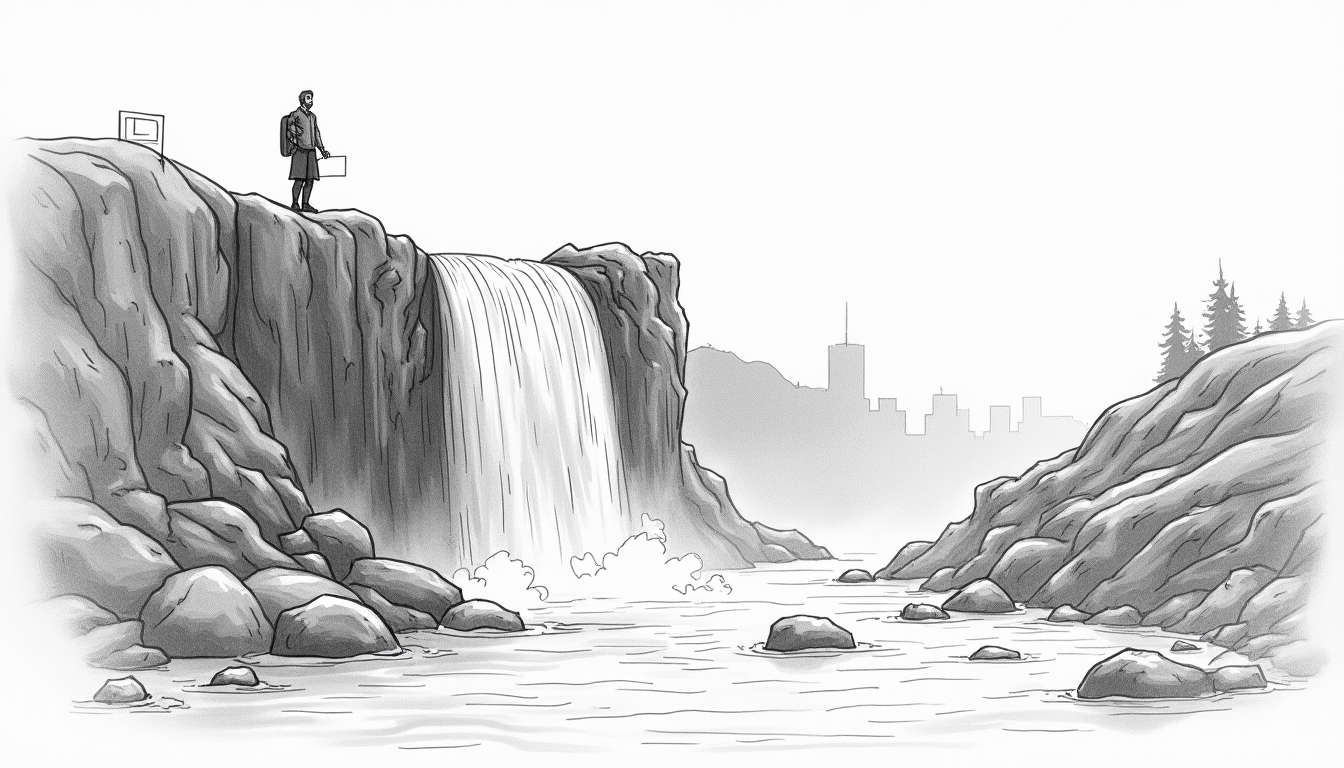


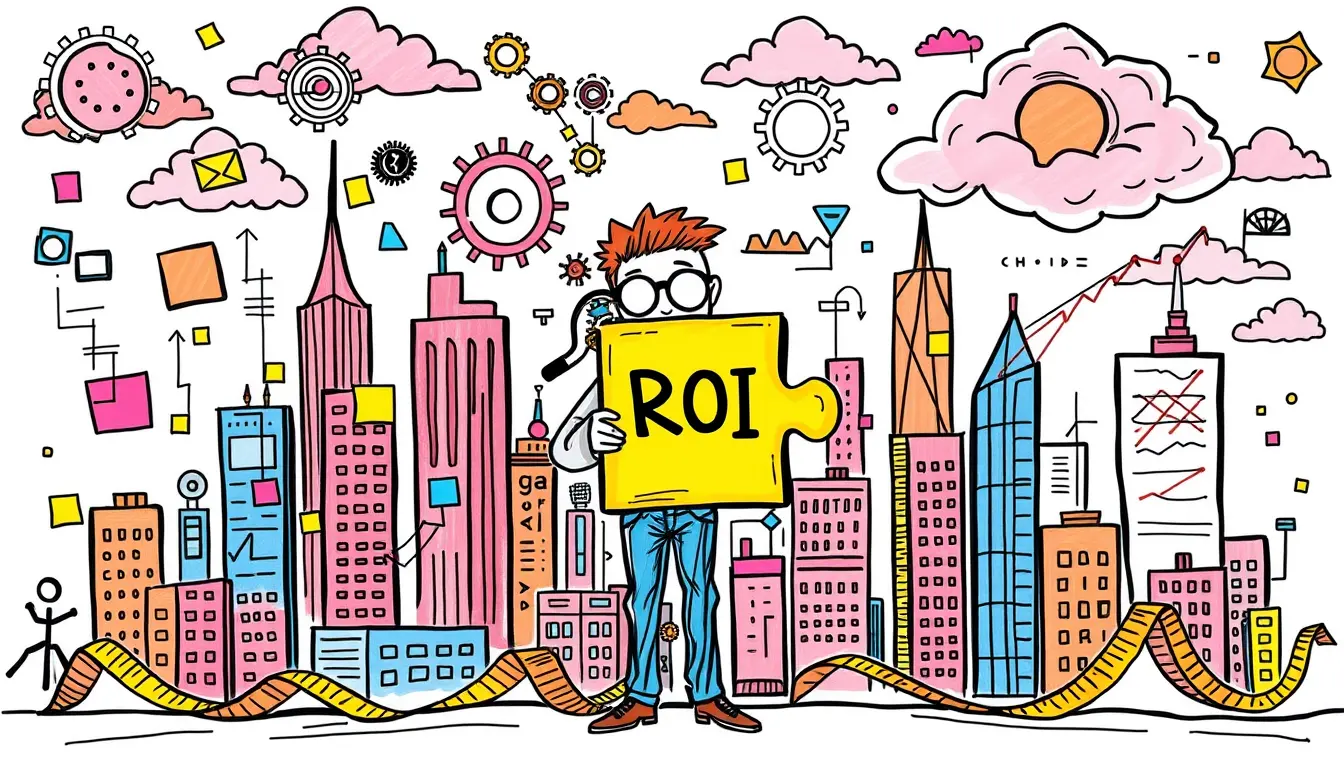
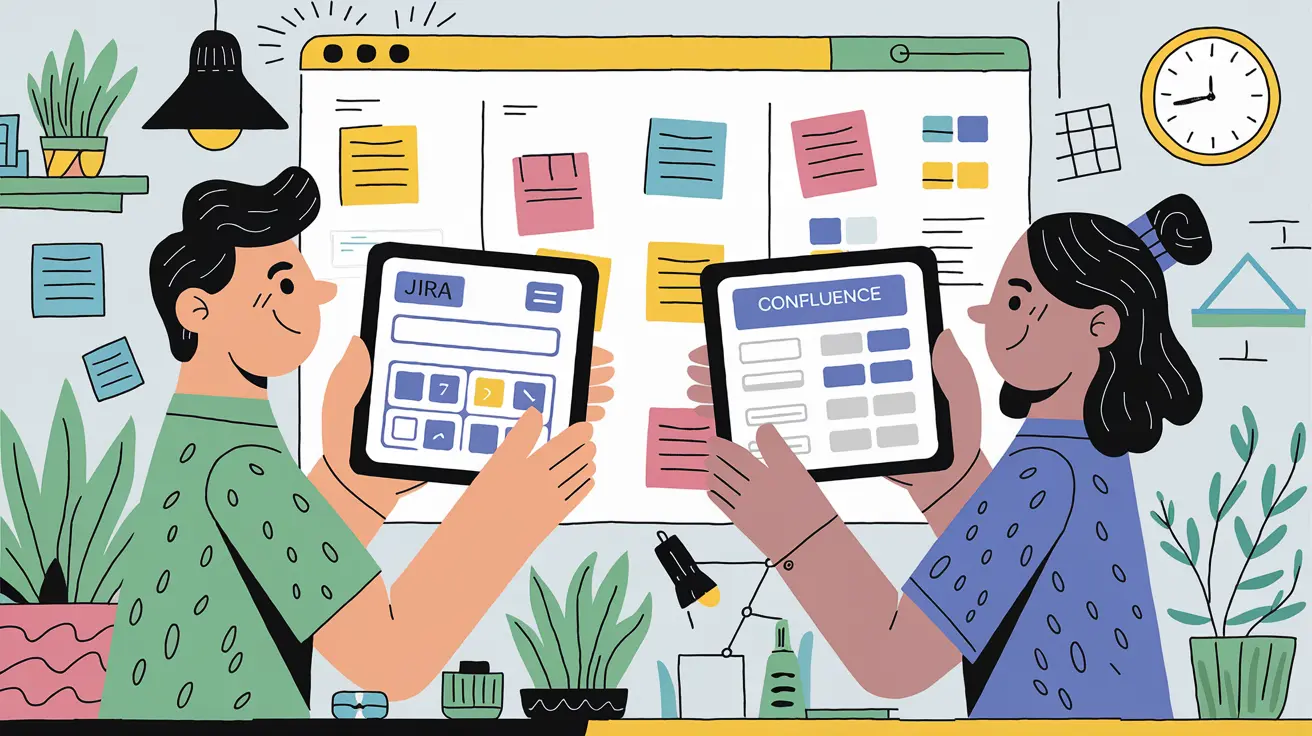



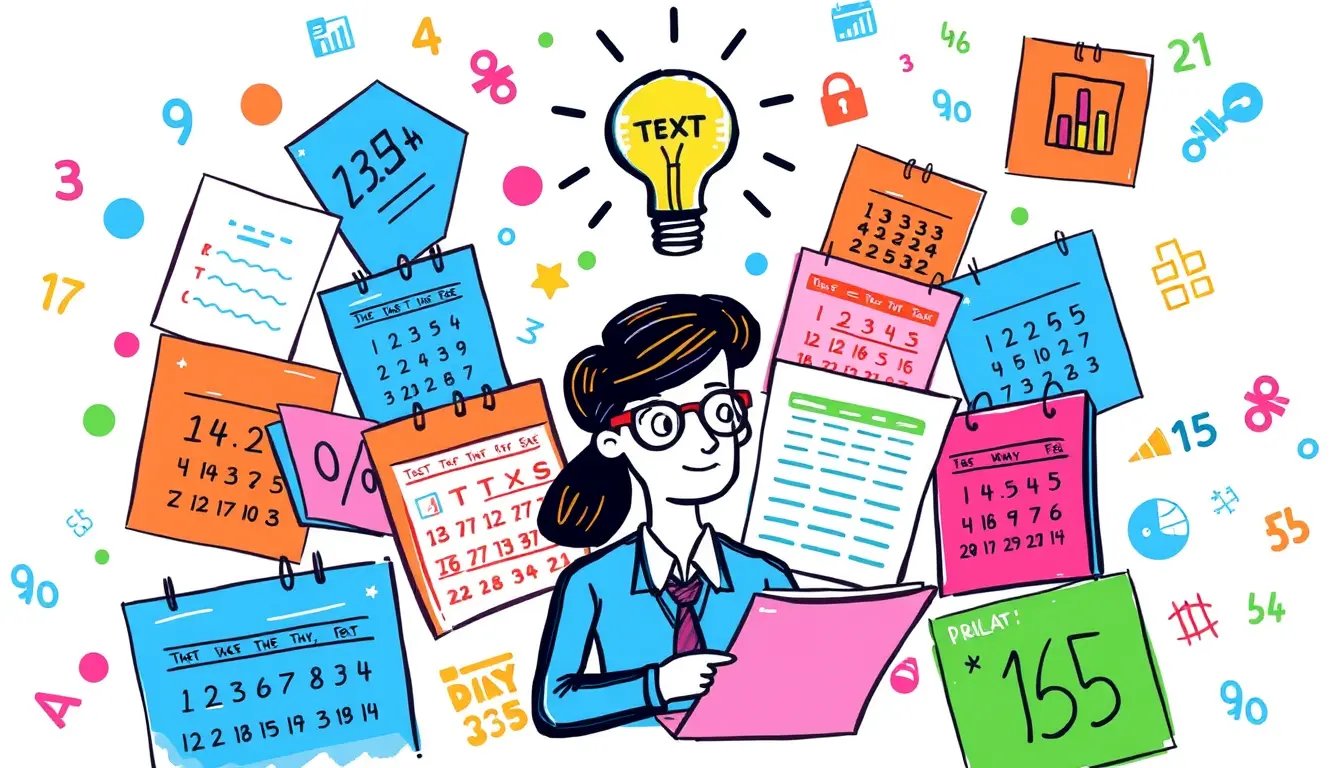
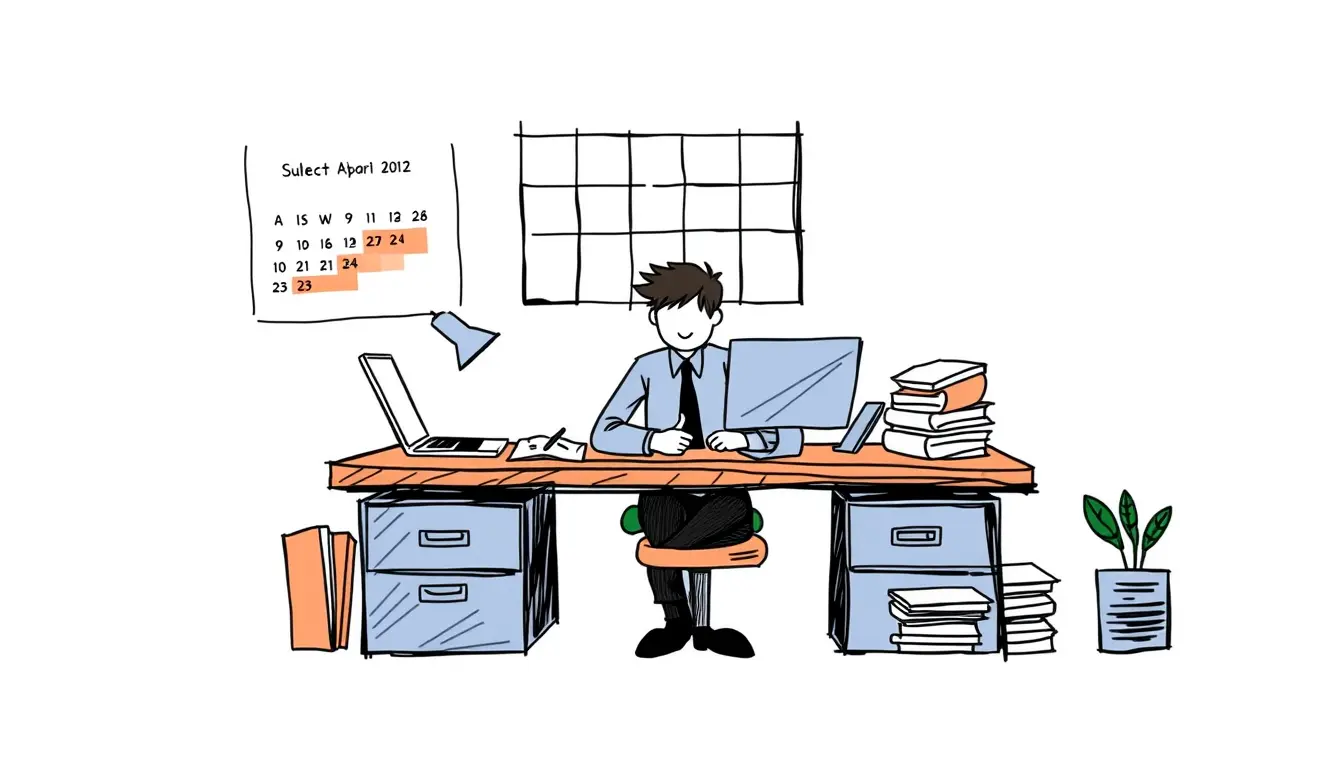
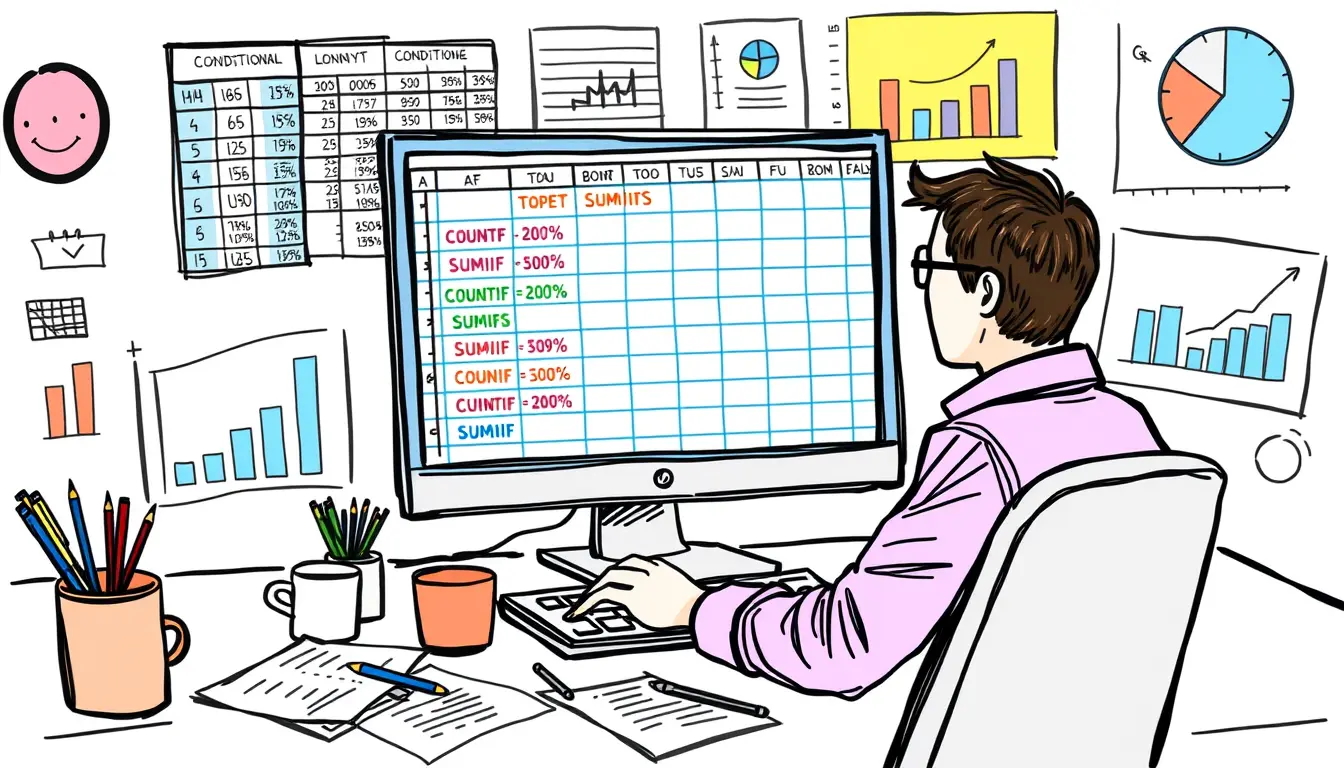
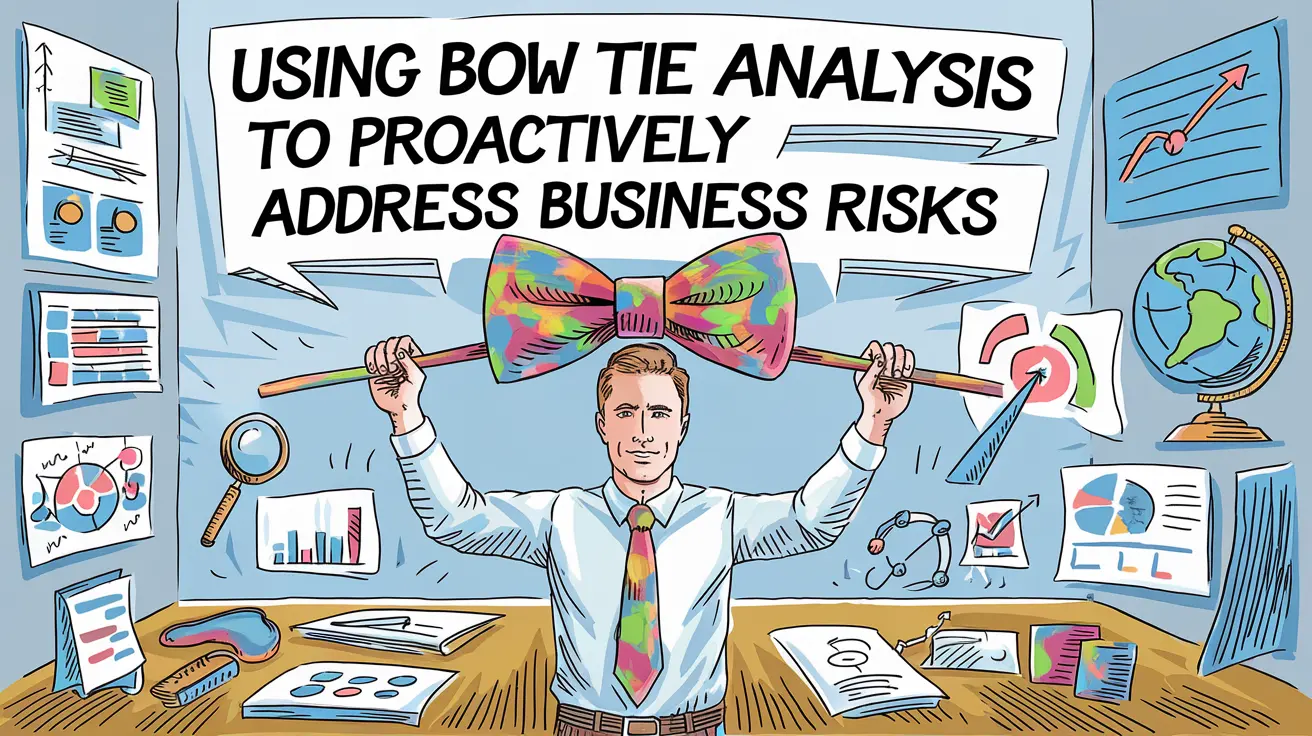

Leave a Reply